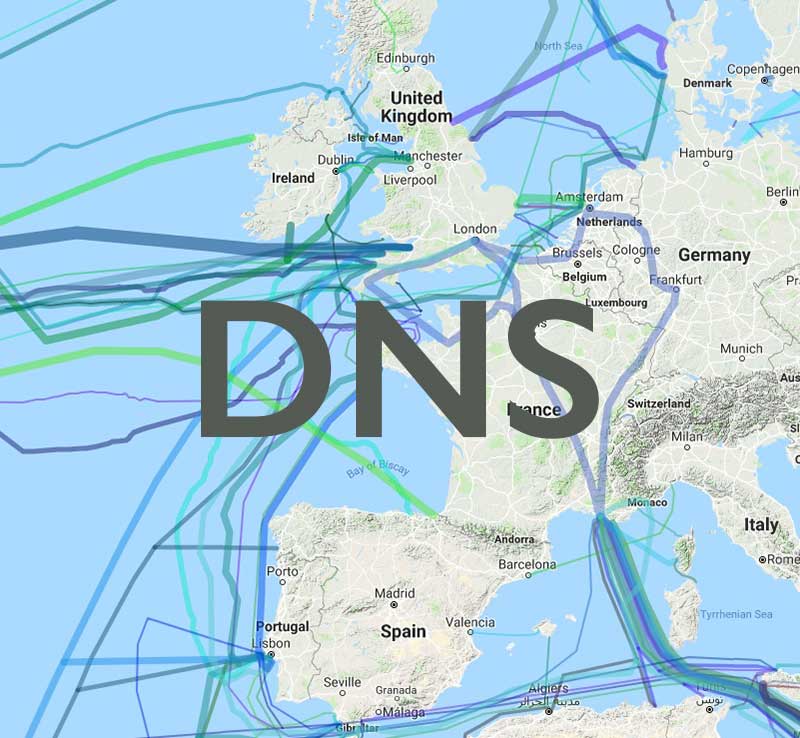DNS Propagation – Explained
This guide will help you to get the general information about DNS propagation and provide you with the answers to the following questions:
1. What is DNS propagation?
2. Why does it take up to 72 hours?
3. What are the ways to pass DNS propagation?
4. How to check if DNS propagation has completed for you?
1. What is DNS propagation?
When you update the nameservers for a domain, it may take up to 24-72 hours for the change to take effect. This period is called DNS propagation.
In other words, it is a period of time ISP (Internet service provider) nodes across the world take to update their caches with the new DNS information of your domain.
Due to DNS caches of different levels, after the nameservers change, some of your visitors might still be directed to your old server for some time, whereas others can see the website from the new server shortly after the change.
2. Why does it take up to 72 hours?
Let’s imagine you live in Bari, Italy, and you just have changed the nameservers for your domain that is hosted in Phoenix, USA.
When you open your domain in a web browser, your request is not going to the hosting server directly, it has to pass through several ISP nodes first. So your computer starts by checking local DNS cache, then the request is sent to your local Bari ISP. From there, the request goes to the upstream provider in Rome, Italy, then connects to the ISP in Hamburg, Germany. After that, the request is sent to the first receiving point in the USA – New York, NY and ultimately, to the ISP in Phoenix, AZ. Here is an example of the request trace – the number of ISP nodes and their location will vary in each particular case:
Each of the ISP nodes checks its own cache to see if it contains the DNS information of the domain. If it is not there, it looks it up and saves it in order to speed up the loading next time and to reduce the traffic.
That is why the new nameservers will not propagate immediately – ISPs have different cache refreshing intervals, so some of them will still have the old DNS information in the memory.
NOTE: to make sure it is not your computer cache that has the outdated information, we recommend clearing the cache of your browser and flushing the DNS cache after the DNS change.
3. What are the ways to pass DNS propagation?
There are three basic methods that will allow you to pass the DNS propagation.
If you HAVE NOT changed the nameservers and do not wish them to propagate for so long, there is a way to reduce the propagation time. You need to do two simple things:
1. Point your domain to the destination IP address by means of A record on the side of the current DNS provider, setting the minimal TTL (‘Time to live’ – propagation time) for this record, for instance, to 300 seconds (5 minutes).
2. Once A record has been updated, wait up to 30 minutes and change the nameservers for your domain.
As a result, your domain will be resolved to your previous host from the places where the propagation has not been completed yet and to a new one – from the places where it has already passed. In such a way, you may avoid a downtime as both hosts will show you the same result – your new website.














